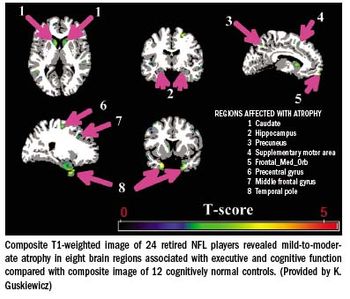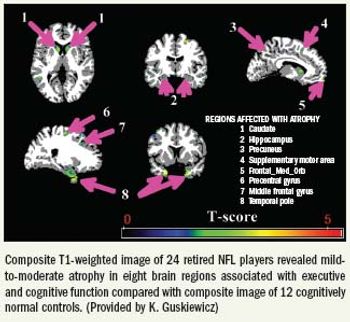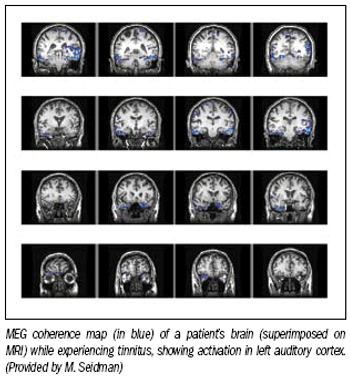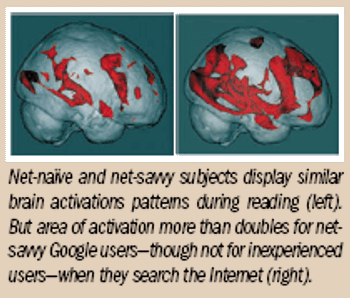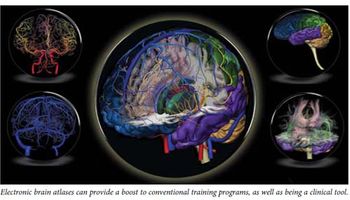
The topic of electronic brain atlases was first discussed in Diagnostic Imaging Asia Pacific almost a decade ago (see “Electronic brain atlases show value in brain studies,” June 2001, page 35). The article featured four atlases and addressed the potential of this innovation.
























